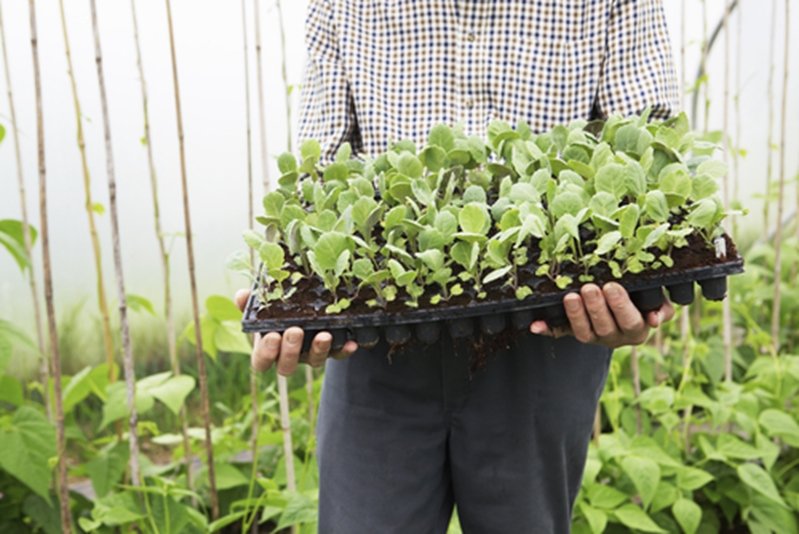17 June 2015
Under-cover agriculture refers to the practice of growing crops indoors, which offers farmers a number of advantages.
Farmers use greenhouses, shade houses and other structures to better control their growing environments, thus protecting fruits and vegetables from ecological factors they can't control. With the right equipment and know-how, farmers can dictate how much water, sunlight and nutrients their plants receive.
Under-cover farming accounted for 75 per cent of Costa's 2015 earnings.
There are risks associated with under-cover agriculture, as well as benefits. For example, an electrical fire could compromise a greenhouse and damage or destroy plants. If such an event were to lead to crop loss, would crop insurance plans provide assistance? This is just one consideration farmers have to take into account.
Costa Group leads the way
Both large and small farmers use under-cover farming techniques, but Costa Group is one of Australia's biggest practitioners.
According to a presentation delivered by CEO Harry Debney in March, under-cover agriculture - also known as protected cropping - accounted for 75 per cent of the company's produce earnings before interest, taxes, depreciation and amortisation in 2015.
??€‹Mr Debney concluded that growing in factories, tunnels, glasshouses and other facilities enables Costa to support year-round production. Sustaining a consistent supply of fruits and vegetables is advantageous because it:
Consideration for the small players
Although Costa Group has benefited enormously from its under-cover agriculture operations, being a large company means it can access resources that the average farmer cannot. Some farmers may deduce that building greenhouses isn't feasible for them.

Those who do decide to implement under-cover strategies won't be left to fend for themselves. New South Wales' Department of Primary Industries identified several measures farmers should take when managing greenhouses, some of which are listed below:
In addition to conducting best practices, farmers must speak with their insurance providers to see how greenhouses will affect their policies. Protecting under-cover assets is just as important as securing conventional operations.